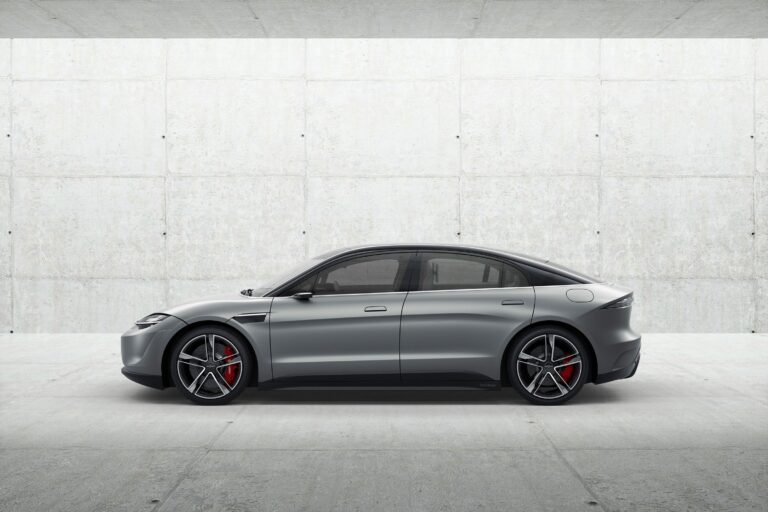Top 3 automotive announcements at CES 2020
Last updated on August 26th, 2022
Some of the biggest announcements to come out of this year’s CES (which once stood for ‘Consumer Electronics Show’) came from the automotive world—that should tell you something about the state of automobile technology in 2020. We’re no strangers to working on the cutting-edge in automotive, so we’re highlighting three of the most significant pieces of auto news to emerge from Las Vegas.
Uber’s Flying Taxi: Coming Soon
The dream of a flying car has been around forever, but if Uber gets its way it could be a reality in just three years. Hyundai announced at CES that it will join forces with Uber to produce a flying taxi. You read that right: A Flying Taxi!
The partnership will be split with Hyundai producing and deploying the flying vehicle, while Uber will be responsible for operations, airspace support, and the app customers will use to book their trips. According to the two companies, the vehicles will be able to reach speeds of 290 km per hour and travel up to 100km before recharging, and they could be in full service as soon as 2023. Hyundai is designing the vehicles to use relatively small, electric rotors to minimize noise.

Uber envisions the vehicles being used for short trips of under 30 minutes, cruising at altitudes of 1,000-2,000 ft. But the most impressive stat is the charging time: 5-7 minutes between rides! Hyundai also unveiled landing hubs (i.e., airports) for the flying taxis, serviced by autonomous “Purpose Built Vehicles” (PBVs) for ground transportation.
Just imagine what this could mean for traffic in cities like LA, New York and Toronto. We can’t wait!
Toyota’s Vision for the Future
Many companies use CES as an opportunity to launch new concepts as well as new technologies. Toyota CEO, Akio Toyoda, took the main stage to announce “a global call for innovation” from Toyota AI Ventures to find and fund start-ups building solutions for smart and connected cities.
The call for innovation comes as part of Toyota’s newly announced “Woven City” test center in development on the site of the Higashi-Fuji plant in Susono, Japan. According to the company, the Woven City will serve as a test bed for new ideas and technologies from Toyota and its partners.
Here’s how Toyota describes it:
[A] living and working environment that embraces and interweaves both nature and technology. Automated technology moves freely and safely throughout the city and serves to liberate the residents from basic tasks. The city is planned to be fully sustainable, with buildings made mostly of wood to help minimize the carbon footprint and using traditional Japanese wood joinery, combined with robotic production methods.bThe rooftops will be covered in photo-voltaic panels to generate solar power in addition to power generated by hydrogen fuel cells. Toyota plans to weave in the outdoors throughout the city, with native vegetation and hydroponics.
Sony Built a Car?
Yes, it’s true.
Sony used CES 2020 to unveil its very own prototype vehicle: Vision-S. Those familiar with the genesis of the PlayStation might wonder whether history is repeating itself but, no, Sony is not getting into the automotive manufacturing business anytime soon. Instead, the four-door sedan represents the company’s investment in the expanding mobility market.
The vehicle boasts 33 sensors, including Sony CMOS sensors and solid state LiDAR. The Vision-S is presently intended for Level 2 autonomy, but it’s also designed to reach Level 4 through software updates. In addition to automated parking and highway assistance, Sony stated that the vehicle contains interior sensors that monitor “the facial expression and body movement of drivers [in order] to gauge their concentration and fatigue levels, sending out alerts as necessary.”
Although there will no doubt be some discomfort at the idea of your car constantly observing you, it may be the only way to ensure that we don’t overestimate autonomous vehicles before they’re ready.

Share on social: